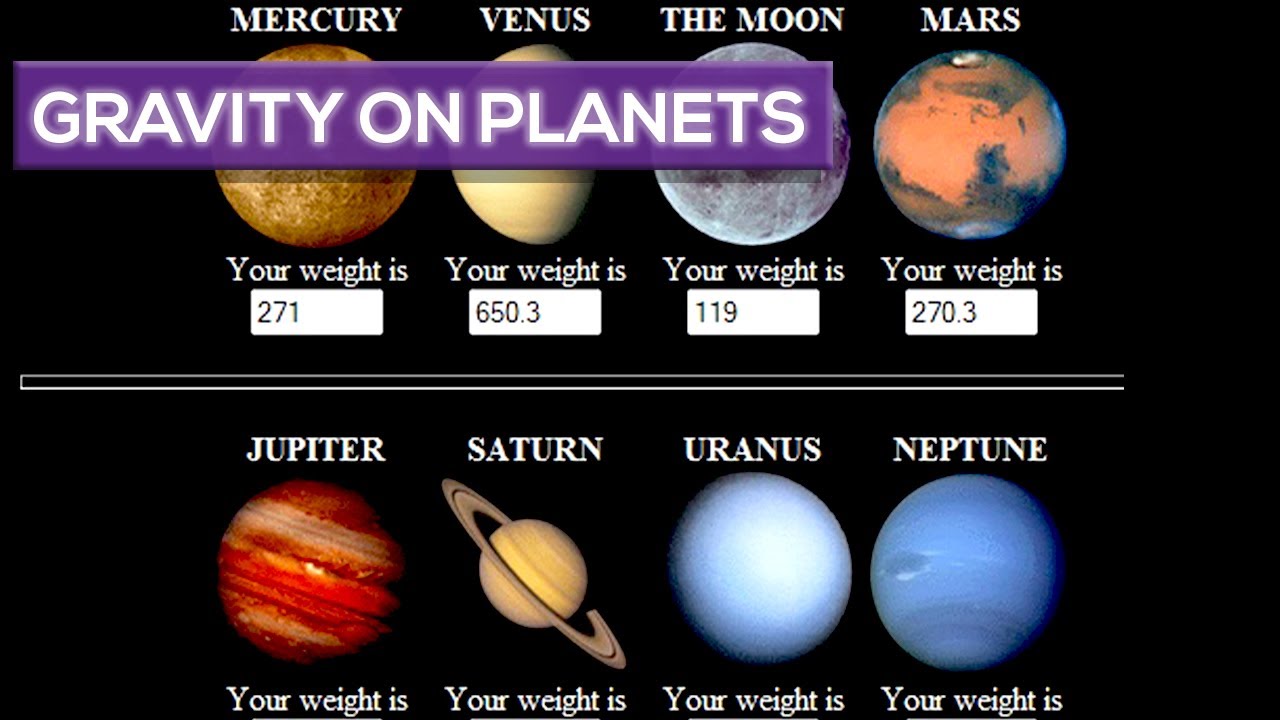Journey to Neptune: How Long Does It Take to Reach the Distant Ice Giant?
Neptune, the eighth and farthest planet from the Sun in our solar system, has always captivated human imagination due to its stunning blue hue and mysterious characteristics. But the question remains: How long would it take for us to embark on a journey to this distant ice giant? In this article, we'll explore the time it takes to reach Neptune and the challenges involved in such a monumental interplanetary voyage.
1. Introduction: Neptune - The Enigmatic Ice Giant

Ice Giant
Before we delve into the details of the journey, let's take a moment to understand the significance of Neptune.
This gas giant is known for its icy atmosphere, strong winds, and intriguing collection of moons and rings.
2. Distance and Orbit: The Path to Neptune
Neptune's average distance from the Sun is about 2.8 billion miles (4.5 billion kilometers).
Due to its immense distance, Neptune's orbit takes approximately 165 Earth years to complete.
3. Spacecraft Speed: The Need for High Velocities
The time it takes to reach Neptune greatly depends on the speed of the spacecraft.
Traditional spacecraft travel at speeds around 35,000 to 40,000 miles per hour (56,000 to 64,000 kilometers per hour). Achieving higher velocities could significantly reduce the travel time.
4. Voyager 2: The Pioneer of Neptune Exploration
The Voyager 2 spacecraft, launched in 1977, is the only spacecraft to have visited Neptune. It took Voyager 2 nearly 12 years to reach Neptune after passing by other planets on its trajectory.
5. Gravity Assists: Utilizing Planetary Gravitational Pulls

Planetary Gravitational Pulls
Space agencies often utilize gravitational assists from other planets to accelerate spacecraft and reduce travel time.
This technique involves using a planet's gravity to gain speed, effectively slingshotting the spacecraft toward its destination.
6. Hypothetical Missions: Future Possibilities
Future missions to Neptune could utilize advanced propulsion technologies to achieve higher speeds.
These technologies, such as ion propulsion or nuclear propulsion, could significantly reduce the travel time compared to past missions.
7. Travel Time Estimates: A Long Voyage
As of now, the shortest theoretical travel time to Neptune using conventional spacecraft would be around 12 to 15 years, similar to the Voyager 2 mission.
However, with advanced propulsion technologies, this time could potentially be reduced to 6 to 8 years.
8. Challenges of Deep Space Travel: Radiation and Isolation
The journey to Neptune poses several challenges, including exposure to cosmic radiation and the psychological impact of isolation.
These challenges must be addressed to ensure the safety and well-being of astronauts on long-duration missions.
9. Spacecraft Reliability: Ensuring Mission Success
Another crucial factor in reaching Neptune is spacecraft reliability.
The vast distance and harsh space environment require robust and resilient spacecraft systems to endure the journey.
In conclusion, the journey to Neptune is a complex and lengthy endeavor that requires advanced technologies, precise calculations, and a deep understanding of space travel. While the theoretical travel time remains in the range of several years, advancements in propulsion and mission planning could potentially shorten this duration in the future. As we continue to push the boundaries of space exploration, reaching Neptune represents a glimpse into the outer reaches of our solar system and the remarkable achievements that await us on this interplanetary voyage.